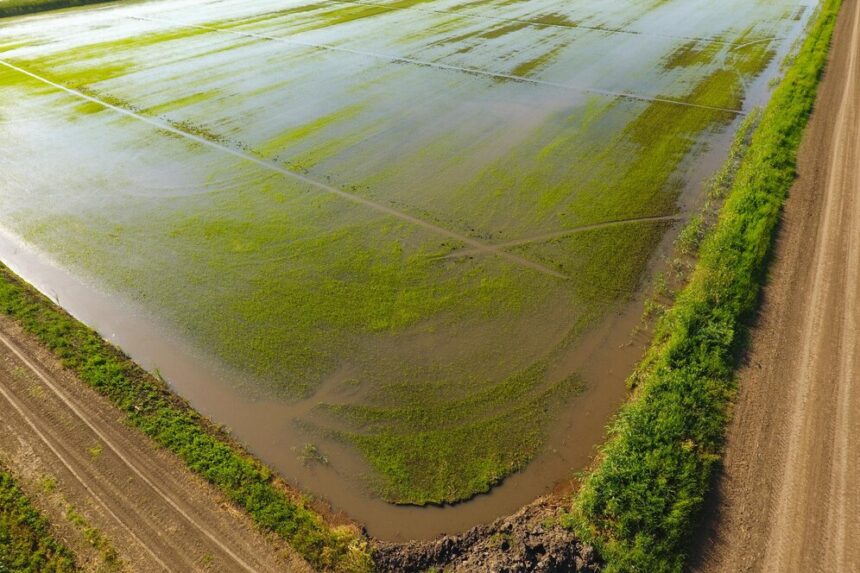Waterlogging is a persistent challenge for farmers, especially in areas with heavy rainfall or poor drainage systems. When fields are saturated with water for extended periods, crops can suffer from stunted growth, root rot, and ultimately reduced yields. Preventing waterlogging is crucial for maintaining healthy soil and productive agricultural land. Here’s a practical guide on how to prevent waterlogging in fields and promote long-term crop success.
Understand the Causes of Waterlogging
Before taking action, it’s essential to understand why waterlogging occurs. The most common causes include:
- Heavy and frequent rainfall
- Poor soil structure, especially clay-rich or compacted soils
- Inadequate or blocked drainage systems
- Flat or low-lying land where water accumulates
- Over-irrigation
Identifying the cause helps in choosing the most effective prevention method for your specific field conditions.
1. Improve Soil Structure
Healthy soil allows water to drain efficiently. To improve soil structure:
- Add organic matter like compost or well-rotted manure to enhance soil porosity.
- Use cover crops such as legumes or grasses in off-seasons to boost organic content and break up compacted layers.
- Practice reduced tillage or no-till farming to prevent further soil compaction and erosion.
2. Construct Effective Drainage Systems
Good drainage is key to preventing water buildup. Consider these options:
- Open ditches: These guide excess water away from the fields. They need regular maintenance to stay clear of debris.
- Subsurface drains (tile drainage): Underground pipes installed below the root zone that carry away water efficiently.
- French drains: Gravel-filled trenches with perforated pipes that help redirect groundwater.
Ensure the drainage system has a proper outlet such as a canal or nearby water body.
3. Level or Regrade the Field
Uneven fields with depressions trap water easily. Laser land leveling or gentle regrading ensures water flows uniformly across the surface. This technique helps prevent puddling and promotes faster drainage after rain or irrigation.
4. Use Raised Beds or Ridges
Growing crops on raised beds or ridges keeps plant roots above saturated zones. This method is particularly useful for vegetable and root crops that are sensitive to excess water. Ensure that furrows between beds are well-drained to carry water away.
5. Plant Water-Tolerant Crops Strategically
In areas prone to waterlogging, choose crops that can tolerate wet conditions, such as rice, sugarcane, or certain types of pasture grasses. Alternatively, rotate with such crops during the rainy season and plant more sensitive crops when the weather is drier.
6. Maintain Irrigation Schedules Wisely
Over-irrigation can cause artificial waterlogging, especially in clay-heavy soils. Adopt the following irrigation practices:
- Use drip or sprinkler systems instead of flood irrigation to control water volumes.
- Monitor soil moisture before irrigating.
- Adjust irrigation schedules according to seasonal rainfall.
7. Plant Windbreaks and Shelterbelts
Excess surface water can accumulate due to strong winds that compact the soil surface. Planting trees or shrubs around fields can reduce wind speed, improve water infiltration, and enhance biodiversity.
8. Regular Field Monitoring
Early detection is critical. Use tools like:
- Soil moisture sensors
- Field drains inspection
- Aerial imagery (via drones) to detect early signs of waterlogging or poor drainage patterns
Monitoring helps in responding promptly before the damage becomes extensive.
Preventing waterlogging in fields is a combination of understanding your land, improving soil health, and adopting the right infrastructure. With consistent practices and timely interventions, farmers can protect their crops, boost yields, and maintain long-term soil productivity. Start by evaluating your field’s drainage performance and implement one or more of the above strategies to keep waterlogging at bay.







